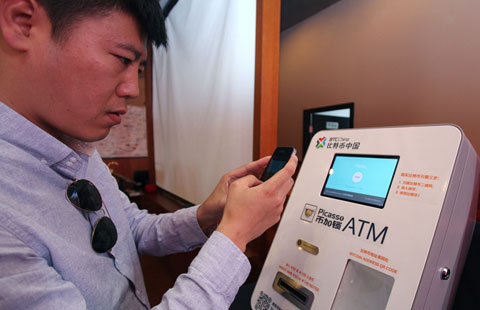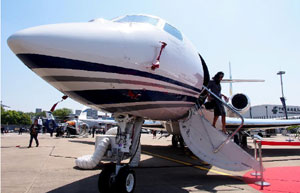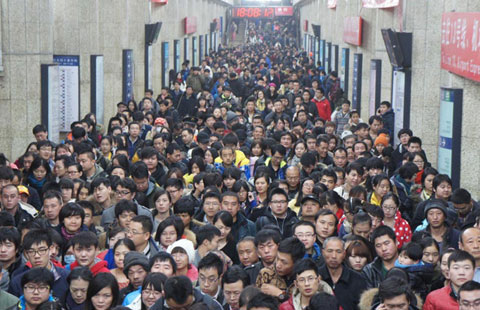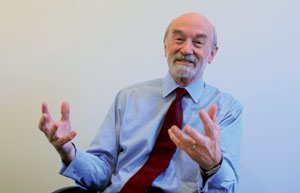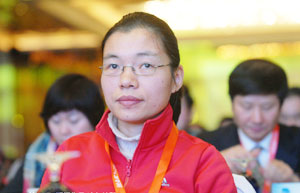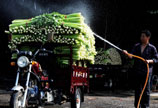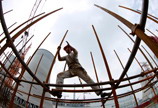Spread the news - this story will run and run
By Jiang Xueqing and Zhang Lei (China Daily) Updated: 2014-03-13 15:16Zhejiang TV produces high-quality videos that are made available via new-media providers, so it doesn't matter whether viewers watch the program on a computer or a phone, the content is always provided by the channel.
"I believe we are getting closer to a feasible operating and profit model that integrates new media. If The Voice of China became available on mobile terminals, telecom operators could charge viewers 3 yuan for a song on demand and the producers of the original content would receive 1.5 yuan from them every time the song is streamed," Cheng said.
"Complementary fusion" with new media has become a reform trend, but many industry leaders believe that a host of challenges lie ahead.
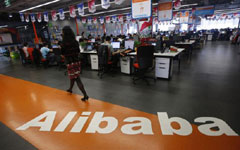 |
 |
He emphasized that the traditional media unit will still hold a controlling interest in the post-integration operations.
In 2013, China National Radio's operating revenue was 1.7 billion yuan. However, less than half of that figure, 800 million yuan, came from advertising; the station's shopping channel generated 700 yuan million, and new media contributed a further 200 million yuan.
"In the process of integrating with new media, we insisted on keeping the rights to program content. By keeping that in our hands, we have nothing to fear from large new-media companies," Wang Qiu said.
Changes in content
However, changes to the business model are bound to prompt changes in content to facilitate adaptation to new forms of media. According to Ma Li, one of the deputy editors-in-chief of People's Daily, traditional media should use any possible means to attract audiences by providing "down to earth" content via the latest new media and up to date tools.
In its attempt to achieve a deeper integration of print and new media, People's Daily has encountered many setbacks. According to Chen Junhong, another of the newspaper's deputy editors-in-chief, the biggest problem is that the print version of the newspaper and its website work independently.
"Now we have to integrate the two, so that our news production is done in a 'central kitchen'. In the future, we will unify our resources in the kitchen, and then distribute our different, individualized content to various channels - the newspaper, our website, other media and micro blogs. Our vision is to establish a comprehensive, multi-media, 24-hour newsroom," he said.
Much of the pessimism surrounding the future of traditional outlets is misguided, according to Cheng of the Chinese Television Artists' Association. "Although we have entered an age of advanced new media, traditional media should not be afraid. New media outlets shouldn't automatically assume that their wider scope of coverage means they are bound to beat traditional media. This competition makes no sense. Instead, media people around the world should use new-media tools to improve their output and thereby ensure longevity."
- Chinese economy resilient enough to refute worries
- China's FDI inflow down 1.47% in March
- Lenovo to build 2,000 smart-TV stores
- Austrian fashion houses dazzle Beijing
- China's rare earth firm Q1 profit slumps 70%
- Sinopec to pay $1.2b for stakes in Lukoil projects
- US urged to 'understand' yuan issue
- Thinking big and caring big in FMCG market
